Before CarterCopters
Jay Carter, Jr. has a family history of technical innovation. The Smithsonian Institution recognized his grandfather as one of the 25 most influential oil pioneers in the early 1900s, and his father as “The Father of the Filament Winding Industry” – he even built the final stage rocket case for the first U.S. satellite put into orbit.
Jay grew up with access to a machine shop, building model airplanes, go carts, and a boat he used to practice water skiing. During his summer breaks from college, he designed and built two autogyros with guidance from his father. The second was nearly all composite construction – quite an achievement for the 1960s.
Jay's first job out of college in 1968 was to work for Bell Helicopters in the R&D department on the rotor of their second tiltrotor aircraft, the XV-15, the Model 300 proprotor blade, and the D 212 thin tip extended chord blade.
In 1970, Jay founded Jay Carter Enterprises with his father and developed a steam powered automobile. It was the first car in the world to meet the original 1976 EPA emission level standards. As a result, Jay (at the age of 29) was called to testify before the U.S. Senate and the U.S. House of Representatives.
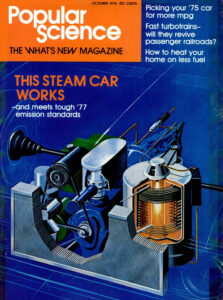
In 1976, Mr. Carter founded Carter Wind Systems and spent the next seventeen years as President and Principal Designer. By 1983, the company had grown to over $7 million in sales with more than 100 employees. The company eventually installed wind turbines in India, France, the UK, the USA (including Hawaii), and 300 miles north of the Arctic Circle in Canada.
In 1982, 10% of the company was sold to Hamilton Standard, a division of United Technologies. In 1992, 50% of the company was sold to private investors. Mr. Carter negotiated all licensing agreements and the sale of the company.

Visit CarterWindEnergy.com
Founding of CarterCopters
In 1994, Jay Carter, Jr. started on the design of a 5-place personal aircraft for his wife, 3 kids and himself. He planned to build a hybrid autogyro, knowing that the rotor would provide VTOL capabilities, while the wings would improve efficiency over conventional gyros. Once he began the initial performance calculations, he saw the dramatic performance improvements his aircraft could have by slowing the rotor.
Jay identified key issues to maintain rotor stability as the rotor rpm was slowed. To test his solutions to these issues, he fabricated a 6 ft diameter rotor, mounted it on an 8 ft boom in front of a pickup truck, and then drove the whole setup down the highway at up to 80 mph. Jay dramatically slowed the rotor to demonstrate an advance ratio of 8 (pickup truck traveling 8 times faster than the tip speed of the rotor) – a high enough advance ratio to potentially allow 500 mph in a full scale aircraft. The rotor was so stable that he could pass semi-trucks on the opposite side of the 2-lane road. With this early success, Jay knew it was time to take Carter to the next level as an engineering research and development company.
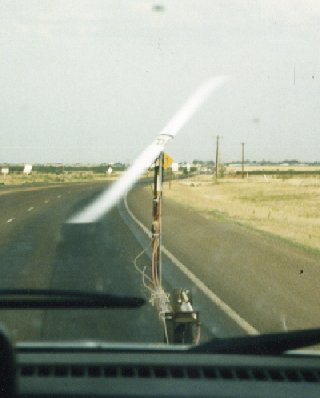
The CarterCopter and PAV Demonstrators
Carter's first prototype was the CarterCopter Technology Demonstrator, or CCTD. While flying this aircraft, Carter learned many valuable lessons about the technologies and methods needed for flight at high speed with a slowed rotor.
The CCTD became the first aircraft to reach μ-1, where there rotor was slowed down so slow that the retreating blade was entirely in reverse flow.
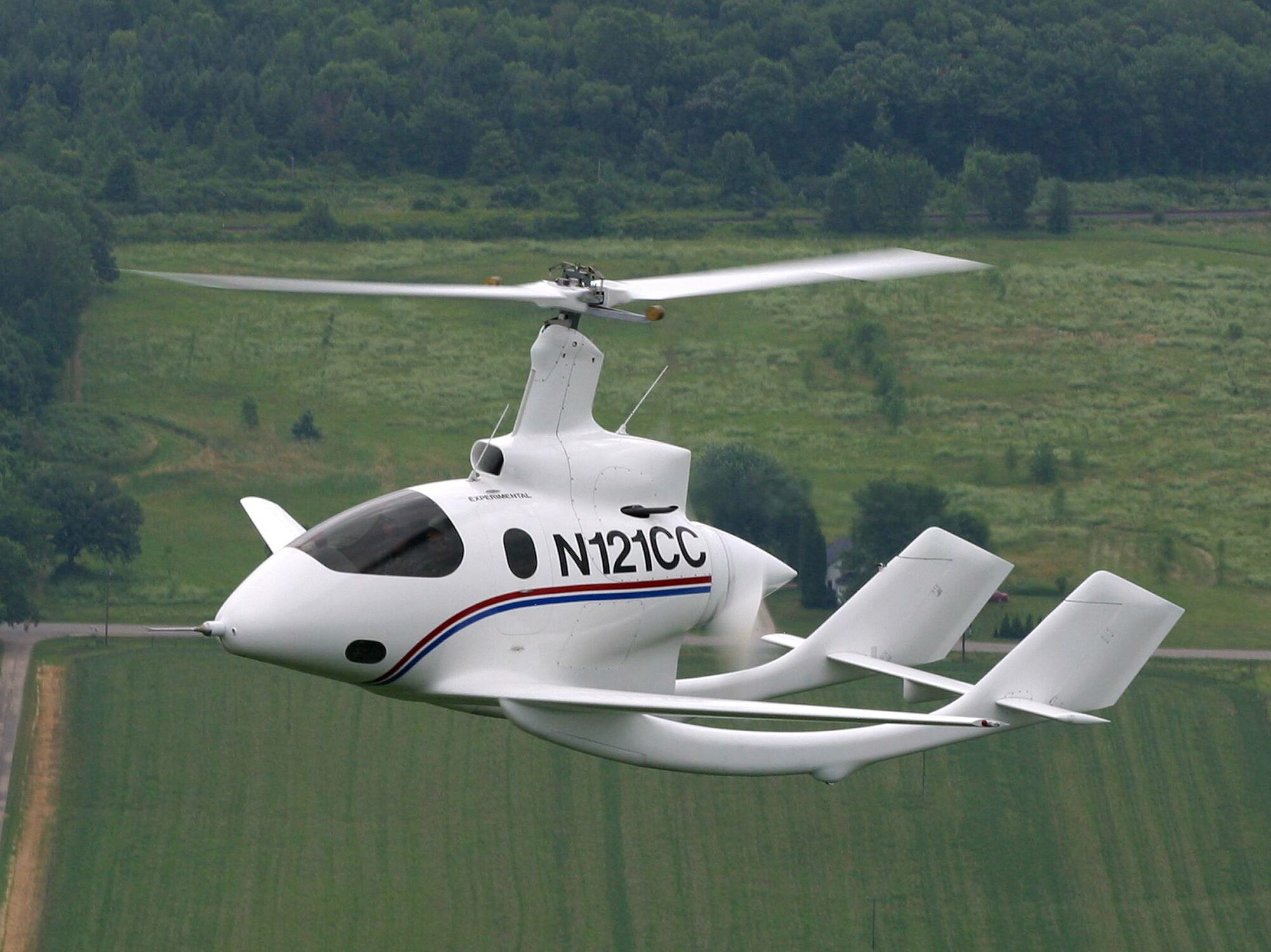
CCTD in Wisconsin en route to EAA Airventure in Oshkosh
Photo Credit: Arnold Greenwell, EAA
With the lessons learned from the original CCTD, Carter developed the Personal Air Vehicle, or PAV. The PAV routinely and smoothly exceeded µ-1 in flight, up to µ 1.16. Although envelope expansion was not fully completed, the aircraft reached a top speed of 186 ktas and a max altitude of 18,000’. With further envelope expansion, the top speed is anticipated at 200+ ktas. The best L/D was just under 11.
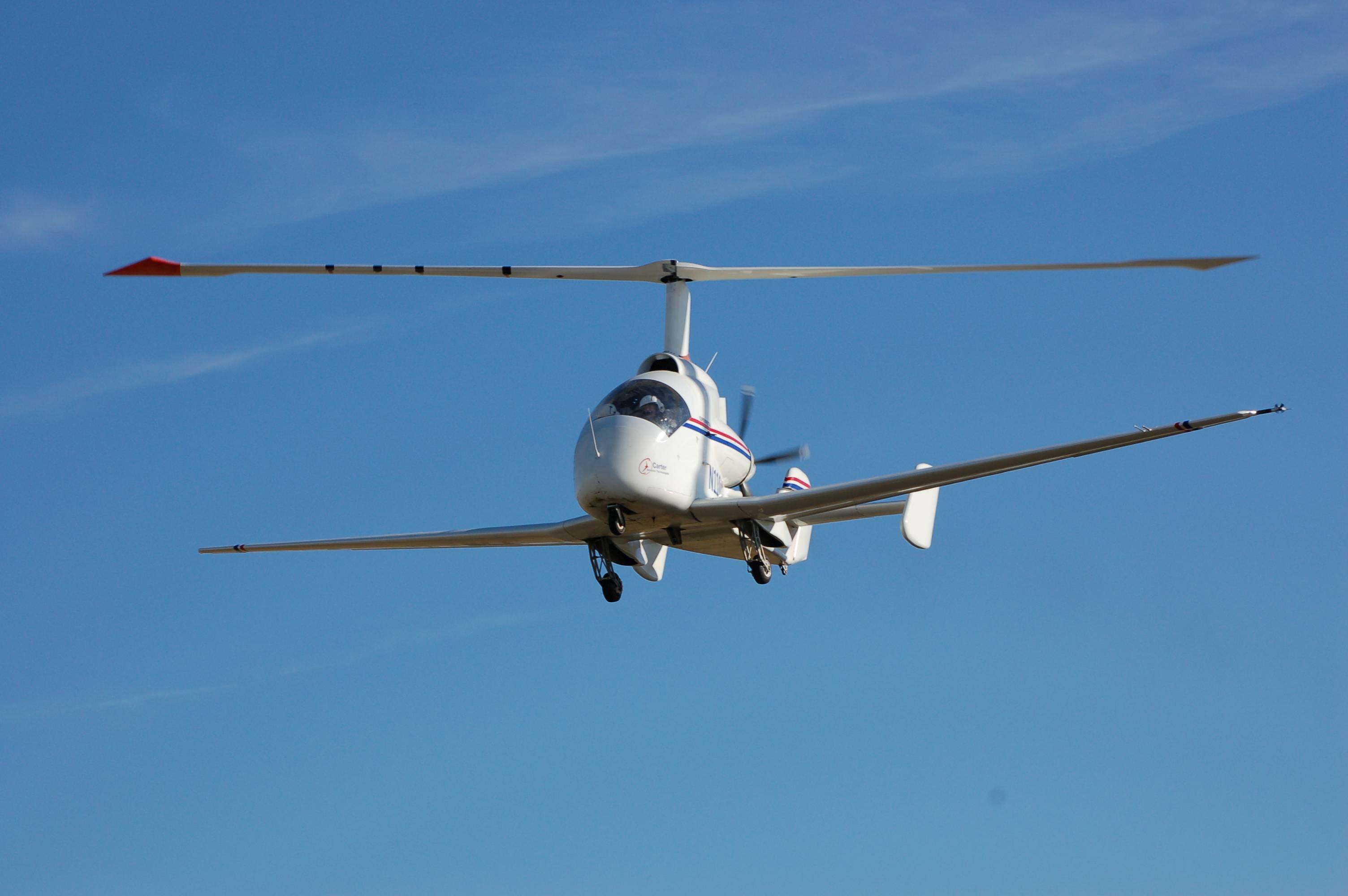
Jaunt Air Mobility
In 2019, all intellectual property pertaining to SRC technology was acquired by Jaunt Air Mobility LLC which was selected as an Uber Air Taxi partner in June 2019. Carter Aviation will continue its legacy of innovation led by Jay Carter, Jr., to help design other configurations of SRC aircraft for future Jaunt markets.
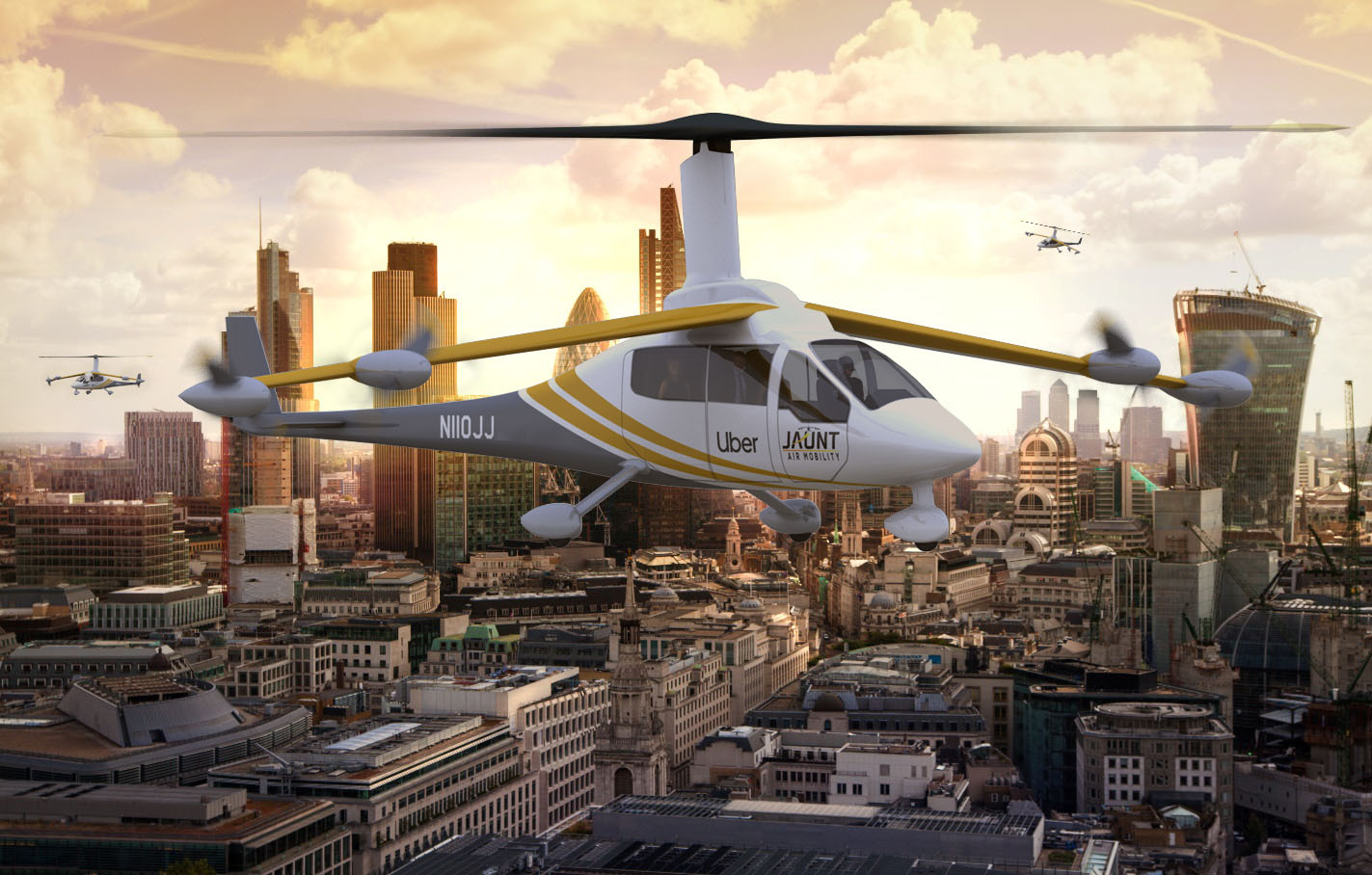
Jaunt Journey Electric Air Taxi
1 Pilot + 4 Pax, 150+ kts
